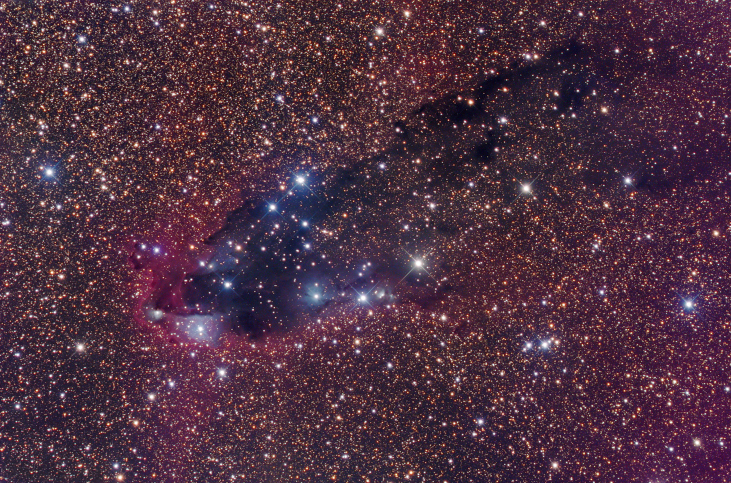| << Chapter < Page | Chapter >> Page > |
By the end of this section, you will be able to:
Scientists today take a multidisciplinary approach to studying the origin, evolution, distribution, and ultimate fate of life in the universe; this field of study is known as astrobiology . You may also sometimes hear this field referred to as exobiology or bioastronomy. Astrobiology brings together astronomers, planetary scientists, chemists, geologists, and biologists (among others) to work on the same problems from their various perspectives.
Among the issues that astrobiologists explore are the conditions in which life arose on Earth and the reasons for the extraordinary adaptability of life on our planet. They are also involved in identifying habitable worlds beyond Earth and in trying to understand in practical terms how to look for life on those worlds. Let’s look at some of these issues in more detail.
While no unambiguous evidence for life has yet been found anywhere beyond Earth, life’s chemical building blocks have been detected in a wide range of extraterrestrial environments. Meteorites (which you learned about in Cosmic Samples and the Origin of the Solar System ) have been found to contain two kinds of substances whose chemical structures mark them as having an extraterrestrial origin—amino acids and sugars. Amino acids are organic compounds that are the molecular building blocks of proteins. Proteins are key biological molecules that provide the structure and function of the body’s tissues and organs and essentially carry out the “work” of the cell. When we examine the gas and dust around comets, we also find a number of organic molecules—compounds that on Earth are associated with the chemistry of life.
Expanding beyond our solar system, one of the most interesting results of modern radio astronomy has been the discovery of organic molecules in giant clouds of gas and dust between stars. More than 100 different molecules have been identified in these reservoirs of cosmic raw material, including formaldehyde, alcohol, and others we know as important stepping stones in the development of life on Earth. Using radio telescopes and radio spectrometers, astronomers can measure the abundances of various chemicals in these clouds. We find organic molecules most readily in regions where the interstellar dust is most abundant, and it turns out these are precisely the regions where star formation (and probably planet formation) happen most easily ( [link] ).


Notification Switch
Would you like to follow the 'Astronomy' conversation and receive update notifications?